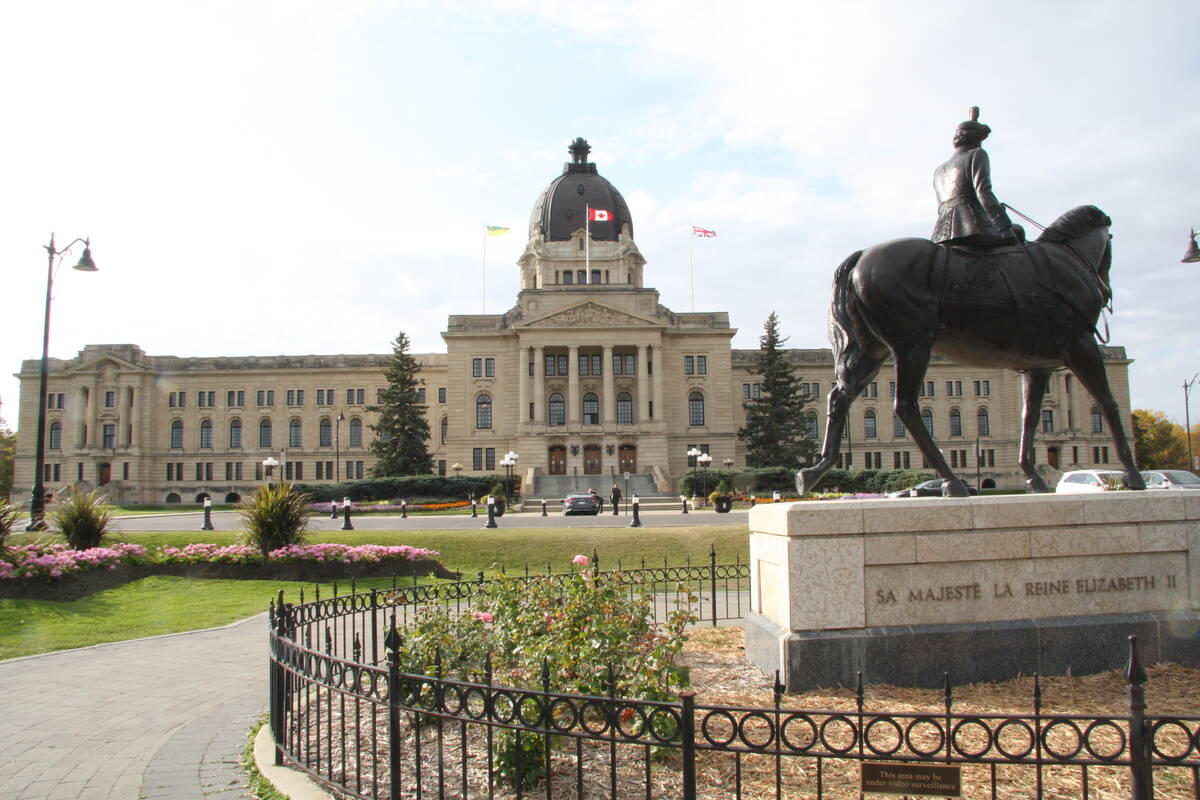A weir on the Ngeng’ River provides water for domestic use and livestock during periods of drought and also prevents flooding after heavy rains
ENGILAE, Kenya (Thomson Reuters Foundation) — Samuel Lontogunye has long weathered regular shortages of water and food, but he believes a recent addition to his drought-prone village could change that: a water-harvesting facility.
Lontogunye and other members of his community on the fringes of Kenya’s Rift Valley have built a weir at the nearby Ngeng’ River to capture and store water that would otherwise drain away during periods of heavy rainfall.
The weir, a concrete barrier that stretches across the river, allows water to pool behind it while excess spills over the top and continues downstream.
Read Also

Saskatchewan throne speech promises strong economy
Saskatchewan’s legislative agenda for the coming year will focus on meeting the challenges of new world trading relationships, said the speech from the throne.
Pipes installed in the pool behind the weir tap the water and carry it underground to a storage tank.
“Women used to spend most of the day searching for water from far-away sources,” said Lontogunye, who chairs the community’s water committee.
“Even the little they found was not clean because of sharing with wild animals.”
Now his family can fetch water for cooking and washing from a tank in the village, and Lontogunye no longer has to herd his livestock to the river for a drink. The village’s dispensary and primary school also benefit from having clean water supplies nearby.
The project aims to ease a range of problems facing communities such as Engilae, which are suffering increasingly extreme weather swings linked to climate change.
Like many arid parts of Kenya, the terrain around Engilae is dotted with empty river courses during the dry season, when the daytime temperature can rise as high as 35 C.
The Ngeng’ River is one of the few that flows for most of the year, but even it has little water during prolonged droughts.
Village elders say communities must flee to higher ground for fear of being washed away by flooding when the rain does fall, often in torrents that last for days.
Floods also bring basic local services to a temporary halt, such as health care and relief food supplies, and make clean water hard to find, not least because they damage water harvesting facilities, local administrators say.
The new weir, set up in close association with the Engilae community, aims to address all those problems, said Seth Kwatemba, an official with the International Medical Corps (IMC), a non-governmental organization that is working with the Engilae community on the project.
“The idea is to tap the little water that flows through the river course but also prepare to harvest bigger volumes from the seasonal floods.”
Kwatemba said the system can collect more than 20,000 litres of water a day and uses solar energy to pump water to the storage tank.
Amos Wekesa, an environment and climate change advisor with the Swedish development agency Vi Agroforestry, said such water harvesting efforts “are some of the most tested methods of ensuring water security because they use simple technologies.”
Onyango Okoth, the Samburu assistant county commissioner, agreed that the project deals with the region’s central problem: erratic rainfall.
“There is a lot of rainfall during the rainy season, but all the water goes to waste,” he said. “In two to three weeks after the rains, the place is dry and people will be crying for water.”
Okoth said many communities lack the skill to manage water after long years of neglect by the central government.
However, he said this has begun to change since rural administrations, through county governments, were given more power under the country’s most recent constitution.
Lontogunye is certain that Engilae’s weir will be different from past failed efforts to develop water storage ponds in the region, largely because his community has been part of the process of developing it.
“IMC has helped us with this project, but we feel we own it because we are involved in most of the activities.”














